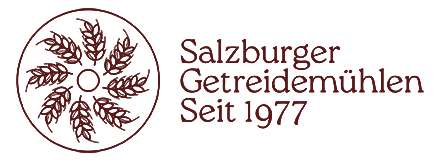
Nettle seeds are a valuable remedy in naturopathy. They can be used for numerous ailments and have many other positive properties. In this article you will learn everything about nettle seeds, from collecting them to drying them and their effects. They are a popular ingredient in many remedies and cosmetics. They are often collected in order to utilize their valuable ingredients. You can easily collect nettle seeds yourself. They are best collected in late summer or fall.
The stinging nettle is an easy-care plant that is found in Europe, North Asia and North America and grows in almost every garden. Nettle seeds are very useful and can be used for many different purposes. They contain many valuable ingredients that are very beneficial to health.
Nettle (Urtica dioica) is a plant that can grow up to 2 meters high. The plant has green, lanceolate leaves and yellow flowers. Stinging nettle is a very useful plant: its roots can be drunk as a coffee substitute, the leaves can be eaten and the seeds can be used to make oil or powder. Most people know the stinging nettle as an annoying plant that grows on paths and in allotments. In our latitudes, stinging nettle is not a natural plant, but unfortunately more of a weed.
Nettles are a popular ingredient in many dishes and recipes. But what is the best way to dry stinging nettles so that they don’t lose their effect?
If you collect stinging nettles, you should dry them in the shade, otherwise they will lose their green color. The best time to dry the nettles is in the early morning or late afternoon. First cut the nettles into small pieces and place them on a cloth or grid. Leave the nettles to dry in an airy place to prevent them from going moldy. The stinging nettles should be completely dry after about a week. Then you can put them in a jar or container.
One of the most important nutrients in nettle seeds is iron. Iron is important for the production of hemoglobin, the protein that transports oxygen in the body’s cells. Nettle seeds are a good source of iron and can help prevent or treat anemia.
For example, phenols are antioxidant compounds that can protect the body from harmful free radicals. Flavonoids, on the other hand, can reduce the risk of heart disease. Antioxidants protect cells from damage caused by free radicals and can reduce the risk of cardiovascular diseases, cancer and neurodegenerative diseases such as Alzheimer’s and Parkinson’s.
Fiber helps to keep the intestinal tract functioning properly and can reduce the risk of heart disease and other chronic illnesses.
also contain a lot of calcium, which is necessary for healthy bones and a strong immune system. They are also rich in vitamins C, E and K and various B vitamins, but nettle seeds do not only have benefits. At quite high doses, nettle seeds can cause nausea, vomiting, restlessness and nervousness.
Address:
Gasteigweg 25,
5400 Hallein
Austria
Opening hours:
Monday to Thursday: 09 – 16:00
Friday: 09 – 12:00
Contact:
Phone: +43 6245 83282
E-mail: info@agrisan.at
Address:
Gasteigweg 25,
5400 Hallein
Austria
Opening hours:
Monday to Thursday: 09 – 16:00
Friday: 09 – 12:00
Contact:
Phone: +43 6245 83282
E-mail: info@agrisan.at

